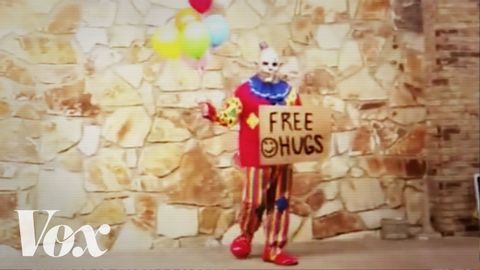
字幕と単語
アメリカの不気味なピエロの熱狂、説明します。 (America’s creepy clown craze, explained)
00
Kristi Yang が 2021 年 01 月 14 日 に投稿保存
動画の中の単語
dress
US /drɛs/
・
UK /dres/
- n. (c.)ドレス : ワンピース
- v.t.料理の下ごしらえをする;飾る;包帯を巻く;(食肉用に)処理する
- n.正装
- v.t./i.服を着る
- adj.正装の
A1 初級
もっと見る エネルギーを使用
すべての単語を解除
発音・解説・フィルター機能を解除
